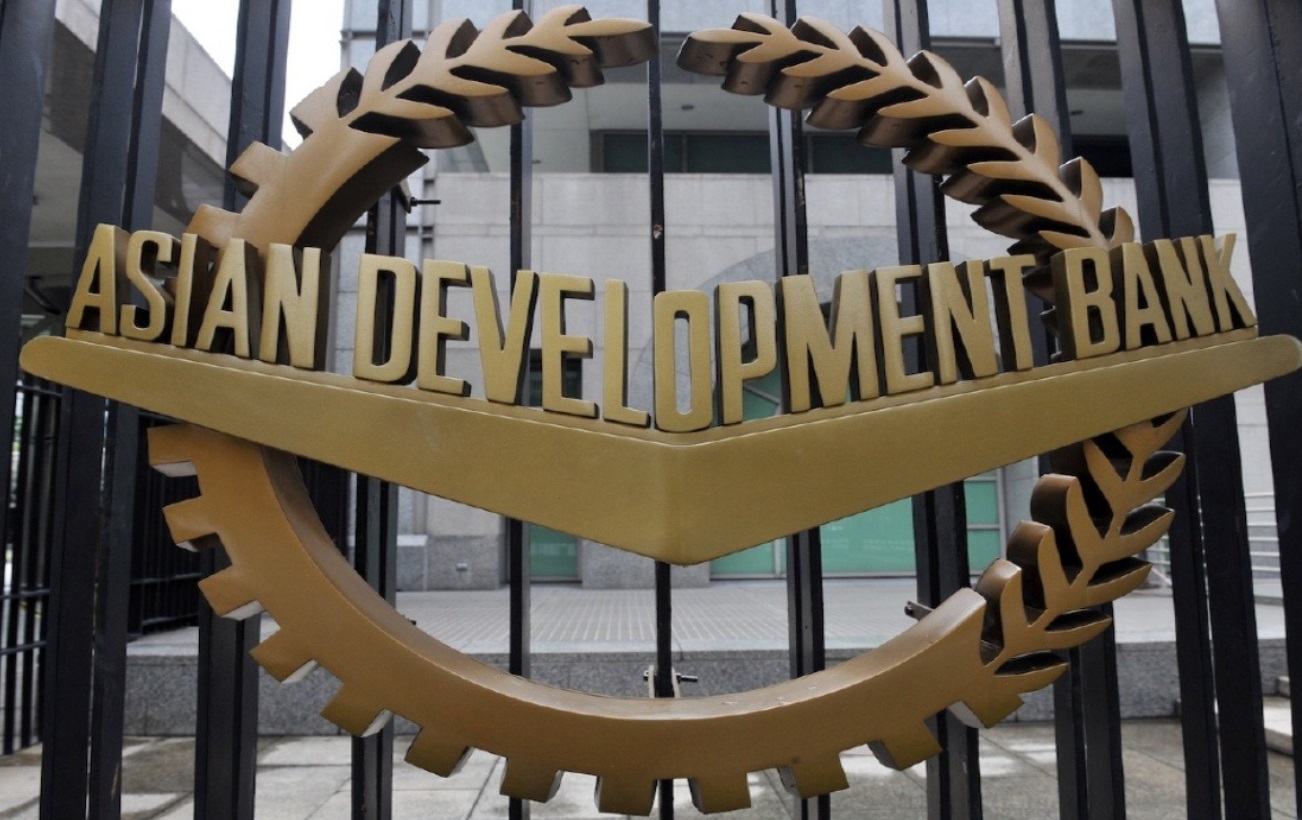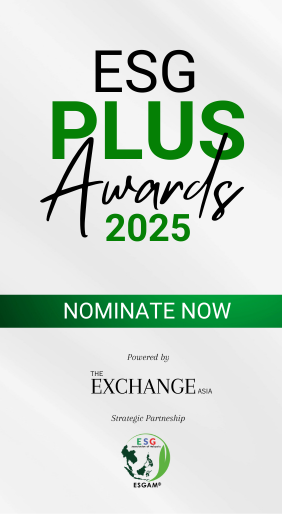KUALA LUMPUR: The Asian Development Bank (ADB) has revised its economic growth forecast for developing Asia to 5% from a previous projection of 4.9% in April and maintained the 2025 growth projection at the same percentage.

In its Asia Development Outlook for July 2024 recently released, ADB said resilient domestic demand, along with improved exports and manufacturing, will support growth this year.
The region’s 2024 growth forecast was marginally adjusted upwards in tandem with those of the Caucasus, Central Asia and East Asia.
ADB Said the headline inflation in developing Asia is forecast to ease further to 2.9% this year from 3.3% last year and stabilise at 3% in 2025.
“Inflation continued to moderate toward pre-pandemic levels, mainly due to the lagged effects of monetary policy tightening and a slight easing of global food prices.
“Meanwhile, growth projections remain broadly unchanged with downside risks persisting, including heightened geopolitical tensions, trade fragmentation and uncertainties related to elections in major economies,” it noted.
For Southeast Asia, the growth forecast is maintained at 4.6% this year and 4.7% in 2025, while for the Pacific, it remains at 3.3% in 2024 and 4% in 2025.
The ADB also pointed out that interest rates in the United States (US) and other advanced economies continue to shape the outlook, subject to several downside risks.
“Uncertainties on the US election outcome, elevated geopolitical tensions and trade fragmentation, property market fragility in China, as well as weather-related events could hurt growth.
“Meanwhile, the La Niñna is an upside risk due to expected higher rainfall and cooler temperatures,” it added.
As for Malaysia, the ADB maintained its forecasts of a 4.5% growth for 2024 and 4.6% for 2025.
It noted that Malaysia’s GDP grew by 4.2% in the first quarter of 2024, supported by strong private consumption (+4.7%) and continued improvements in employment and wages.
It said investments also posted strong growth, underpinned by solid infrastructure investment (11.9%) and spending on machinery and equipment (8.9%).
Tourism arrivals continued to rebound (32%), along with growth in accommodation, transport, real estate, and construction.
The bank added that manufactured exports posted a modest recovery (2.4%), supported by strong export growth from liquid natural gas (4.2%) and crude petroleum products (13.3%).
— BERNAMA






